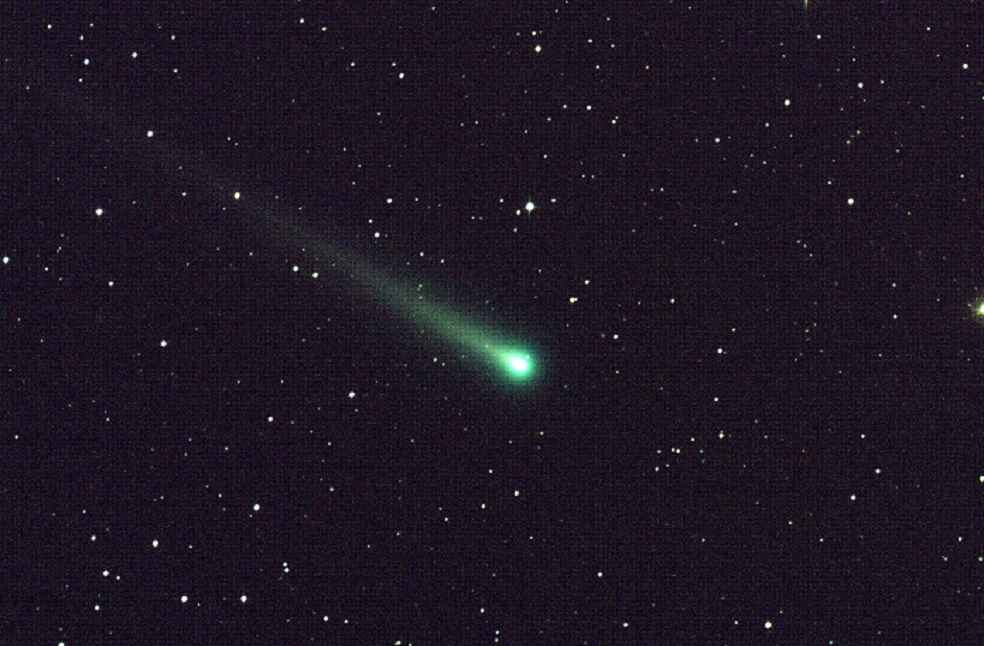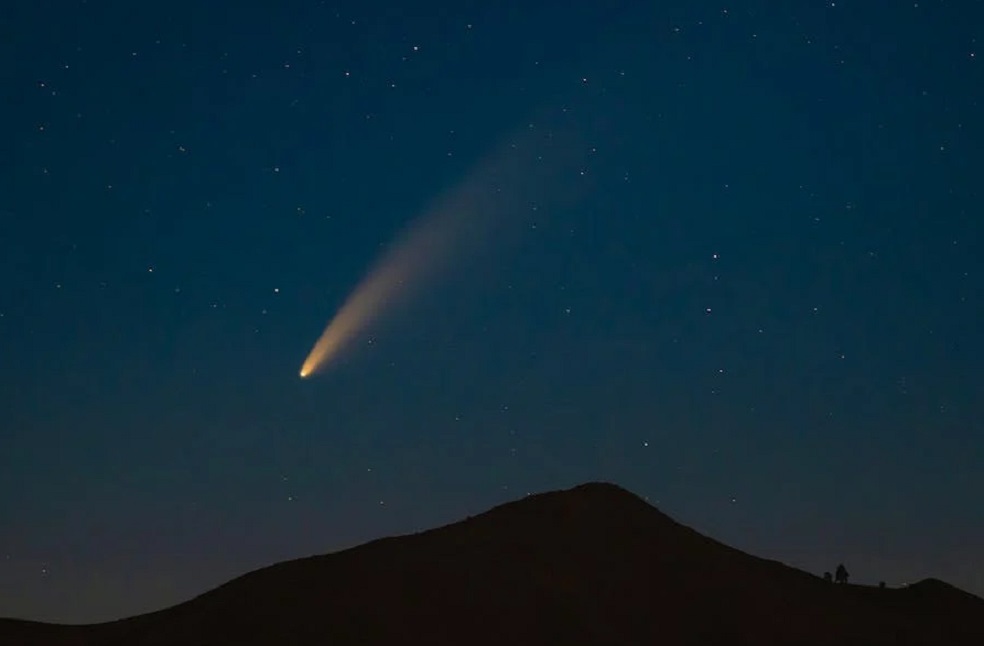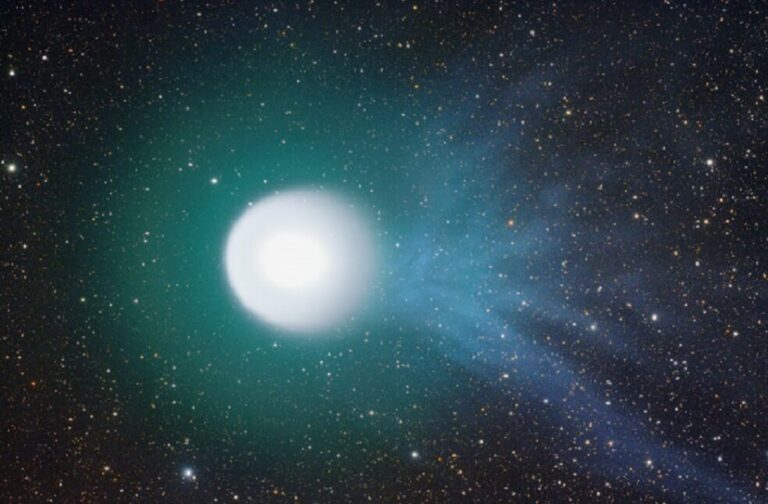United States: The National Aeronautics and Space Administration (NASA) has reported that a green-hued comet is expected to be the most visible to stargazers on February 1 as it shoots past Earth and the sun for the first time in about 50,000 years.
The comet, named “dirty snowball” after its discovery less than a year ago, last passed close to Earth during Neanderthal times. On February 1, the comet will pass within 42 million kilometres (26 million miles) of Earth before speeding away, unlikely to return for millions of years.

The cosmic visitor is already visible in a clear northern night sky with binoculars and small telescopes and may be seen by the naked eye in the darkest corners of the Northern Hemisphere. It is expected to brighten as it approaches and rises higher over the horizon, and it is best seen in the early morning hours.By February 10, it will be near Mars.
The ideal location to watch the comet is a remote area, avoiding light pollution in populated areas, as it journeys past our planet, heading away from the sun and back toward the solar system’s outer reaches.
“While plenty of comets have graced the sky over the past years, this one seems probably a little bit bigger and therefore a little bit brighter, and it’s coming a little bit closer to the Earth’s orbit,” NASA’s comet-and-asteroid-tracking expert, Mr. Paul Chodas, remarked.

The green comet was discovered on March 2, 2022, by astronomers using the Zwicky Transient Facility, a wide-field camera at Caltech’s Palomar Observatory in Palomar Mountain, California, the United States.
Its greenish, emerald hue reflects the comet’s chemical composition. The comet’s greenish colour is the result of a clash between sunlight and carbon-based molecules in the comet’s coma, the cloud surrounding the nucleus that makes the comet appear fuzzy in the sky.



